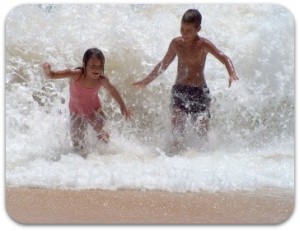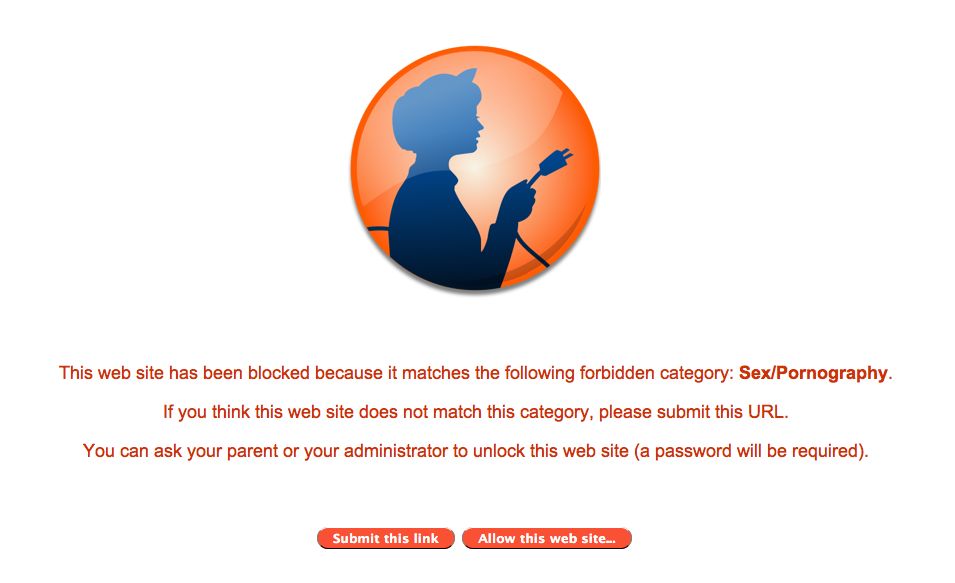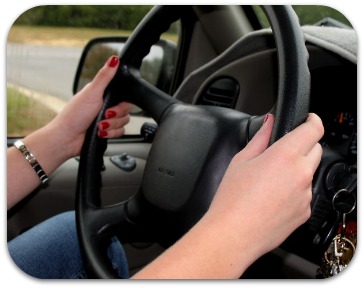 Before we do anything else we have to make sure we pay attention to beach sun and safety for the season and then we can say…Welcome SUMMER! With summer comes the sun, the beach, and staying safe while enjoying them both.
Before we do anything else we have to make sure we pay attention to beach sun and safety for the season and then we can say…Welcome SUMMER! With summer comes the sun, the beach, and staying safe while enjoying them both.
Beach Safety comes in many forms. Each year we hear about people drowning at local beaches but the fact of the matter is, most of these drownings could have been avoided with some common sense safety tips. First, stay away from rip currents. Rip currents are tides or undercurrents that flow under the water and they can be strong enough to pull even the strongest of swimmers under water to their death. Rip currents cause 80% of all drowning deaths in the United States and account for 80% of all life guard rescues. They tend to be more intense as the tides increase, which is often when surfers and body boarders like to hit the waves best. It’s best to know the area and only swim in areas that are marked well and are fully guarded.
Guarded beaches are the only way to swim. Taking your chances at an unguarded beach simply is not worth the risk. Lifeguards are trained professionals that can and do rescue people in situations that a typical, untrained swimmer will be useless. Statistics say that your chances of drowning on a guarded beach are as low as 1 in 18 million. These statistics alone should make your first and only choice when choosing a beach, choosing one that is fully guarded. It could mean your life, or the life of someone you love.
We’ve all been told not to swim alone but things like rip currents and freak accidents are the exact reason why this is reiterated over and over again. Simply put, not only should you never enter the water on your own but if you follow heed to the above information you will never be alone because there will always be a guard there to watch and protect you.

Other safety issues of the beach itself and can come in the form of many of the beach’s natural life within in. When swimming in oceans means avoiding things like jelly fish and their sting. Although the sting of a jelly fish is unpleasant it is rarely life threatening. Seek help from the lifeguard if you have been stung or go to the doctor if you seem to be having any complications but nearly all cases of jelly fish stings are simply a matter of discomfort. You also want to be aware of any sharks in the area and heed any warnings of sharks. If there is a sign that states it is unsafe to swim, for any reason, adhere to it. That sign is put there for a reason. It can be unsafe waters due to bacteria, sharks, harsh rip tides or something else. The guards and personnel in charge don’t put up “Danger” signs and “Do Not Swim” signs just because they don’t want to work. There are definitely reasons of safety involved and you must adhere to them.
This brings us to the area of sun safety. We all have been told over and over how dangerous being in the sun can be; but we also must remember that the sun does provide us with natural Vitamin D which is vital to our bodies. Avoiding the sun completely is not good but we have to enjoy the sun safely. Enjoying the sun at the beach is probably one of our most favorite ways to enjoy a hot summer day. You get the benefits of enjoying the sunshine while also being able to take a swim in the water. Researchers have proven that getting a sunburn increases your chances of melanoma. It was originally thought that sun exposure that causes the skin to burn under the age of 18 significantly increased the risk of melanoma, but researchers have found that sunburn at any age increases the risk. Melanoma is cancer, plain and simple, and I don’t know anyone who wants to have cancer. So what’s the answer? While there’s nothing you can do to guarantee you won’t get melanoma, there are some common sense factors that can help you avoid the risks.
Sunscreen is a must anytime you are in the sun, but especially when you’re in sun at the beach. Choosing an SPF is not the only thing you have to keep in mind when choosing your sunscreen. It has been found that certain sunscreens that advertise SPF’s as high as 60 or more provide little to no protection from the actual harming rays that cause the burn and eventual skin cancer. What you want to look for is a sunscreen that has either zinc oxide or titanium dioxide. These two elements protect both types of rays UVA and UVB when applied properly. You also want to make sure you apply your sunscreen numerous times. You can really never apply it too often so if there’s question as to “should I put more sunscreen on?” the answer is always yes. Sunscreen, even those that claim to be waterproof and sports oriented, need to be reapplied regularly. The lowest SPF you should ever put on is an SPF 15, so choose an SPF 15 or higher. While it has been debated at what point the SPF is no longer any more useful it never hurts to purchase a higher end SPF just to be safe. The key factor is to continue applying it throughout your outing at the beach, after every swim, after sweating, and just every few hours or so to be safe.
Another key factor is when you’re in the sun. The sun is at its hottest between 10 a.m. and 3 p.m. so during those hours if you can keep under the shade and limit the amount of sun you are exposed to it is best. Even if you have perfectly applied sunscreen, these are the top hours to get burned and your chances are pretty high that you could walk away with a burn. A burn, any burn at all, is always something you want to avoid.
While you don’t want to approach the summer with fear you do want to make sure this summer, when spent in the sun and at the beach, is a safe one. Build your sand castles with a lifeguard nearby, swim with friends in designated swim areas and make sure you wear plenty of sunscreen, applied numerous times. In the end you’ll be sure you’re here to enjoy yet another wonderful summer filled with beach, sun, and safety!

 In a world connected by computers it is important to not only teach our kids how to use them, but also about internet safety. Chatman is a fun and innovative tool that will help educate and protect kids online.
In a world connected by computers it is important to not only teach our kids how to use them, but also about internet safety. Chatman is a fun and innovative tool that will help educate and protect kids online.





